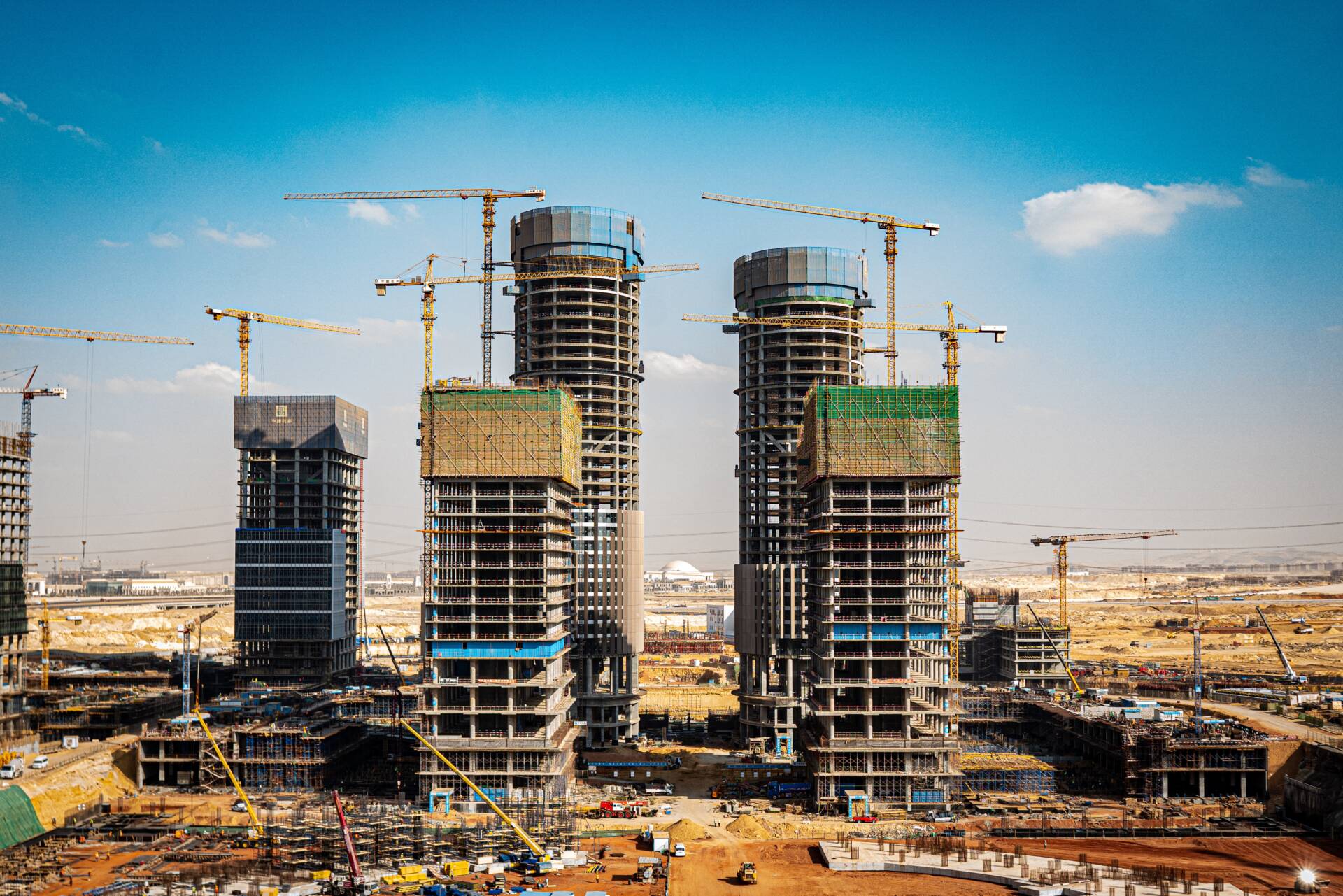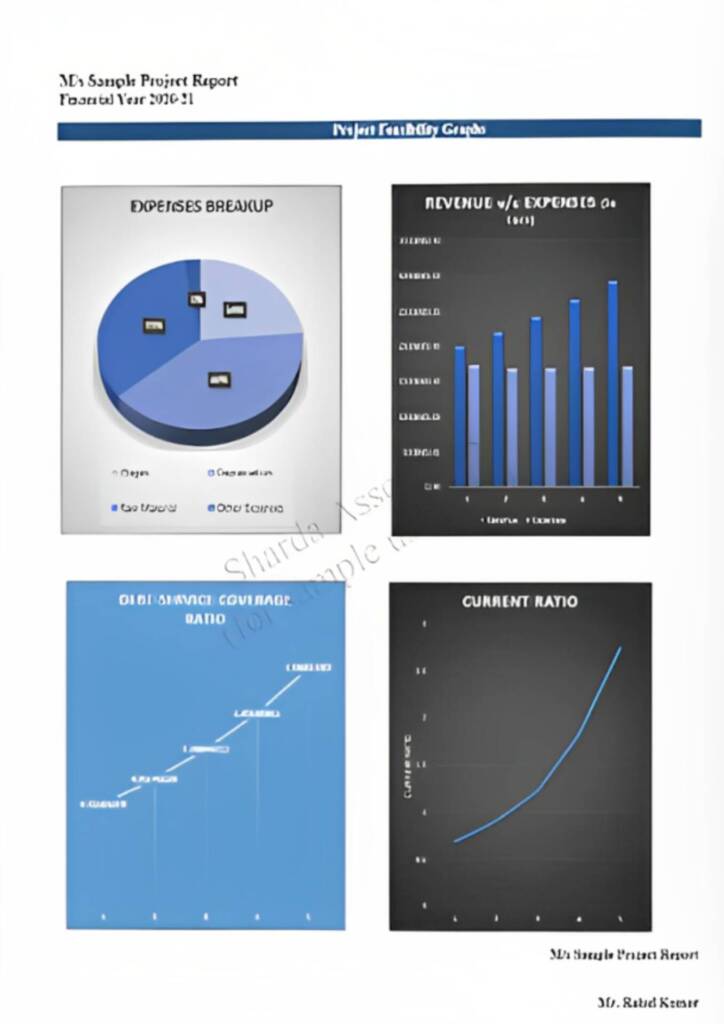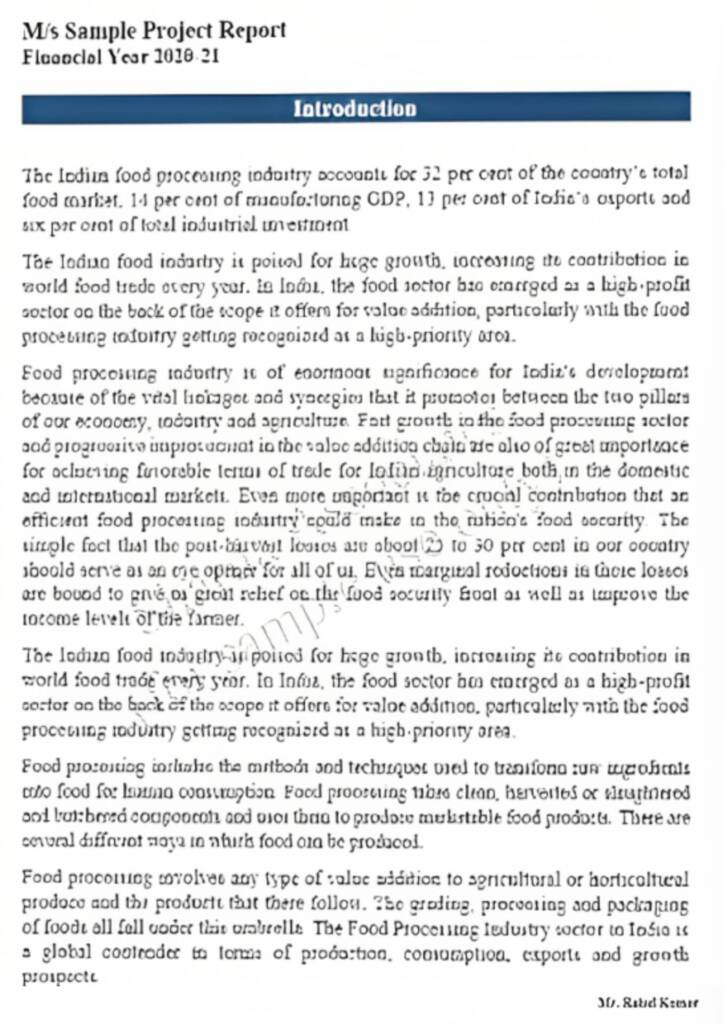Detailed Report On Real Estate Development
Real Estate Development involves acquiring land, designing, and constructing buildings for various purposes such as residential, commercial, or industrial. It shapes urban landscapes, meeting the demand for shelter and workspaces.
What is Real Estate Development?
Detailed Report on Real Estate Development is as Follows:
A real estate business involves the profitable purchase, sale, and leasing of properties. It’s a varied business that’s critical to the global economy. The phrase “real estate” refers to land, buildings, and natural resources that are above or below earth, making it a valuable asset class. Real estate encompasses a wide range of property types, including residential, commercial, industrial, and agricultural holdings, each with a unique function and market appeal.



The beginnings of the real estate sector may be traced back to ancient civilizations, when ownership of land and property was vital to community stability and wealth. The industry has evolved substantially over time in response to technological, demographic, and economic developments. Construction and development, as well as property management and real estate financing, are now all part of the real estate sector. Individuals and families purchase homes or make real estate investments. Homeownership is generally seen as a cornerstone of financial security and wealth growth. Real estate agents and brokers act as intermediaries, aiding buyers in finding appropriate properties and guiding them through the purchasing process. Furthermore, property developers play a vital role in the residential sector, constructing new home complexes to meet rising housing demand.
Detailed Report Sample On Real Estate Development



Market Potential Of Real Estate Development
The worldwide real estate business is expected to be worth $7,063 billion by 2022. The market is anticipated to reach $7,954 billion by 2028 at a 1.8% CAGR between 2023 and 2028.
The market potential of the real estate business remains optimistic, driven by a combination of factors that fuel demand and investment prospects. Rapid urbanization, population expansion, and evolving lifestyles all contribute to the ongoing need for residential and commercial space. In addition, when the global economy recovers from the pandemic’s effects, growing consumer confidence and credit availability are bound to support the real estate market.
Increased demand for residential properties as a result of growing urbanization and rising individual disposable incomes is one of the primary variables driving market expansion. Changes in population demographics, as well as the growing predominance of nuclear households, are also contributing to the rise. Customer aspirations for high-quality living in a secure environment are also driving market expansion.
The buying and selling of houses and apartments. Residential property demand is influenced by population increase, household formation, and economic stability. Real estate agents and brokers play an important role in bringing buyers and sellers together, organizing transactions, and negotiating contracts.
The success of real estate transactions and development projects is dependent on real estate finance. Mortgage brokers can help homebuyers obtain financing, allowing them to purchase homes with a down payment and regular mortgage payments. To fund large-scale projects, commercial real estate finance necessitates complex negotiations with banks, private lenders, and equity partners.
Contents of Project Report
A project report helps you identify whether a project is worth pursuing. It presents the holistic view and brings complete insight of the business and its activity.
It acts as a guide for all the business operations, aids in taking all financial decisions related to the existing businesses and to the start-ups. It serves as roadmap to the business and provides information to the outsider who are wanting to know more about the business.
You will have the opportunity to build new goals and expansion ideas in one single document. Everyone, from the banks to potential investors, will need to have a look at the project report before they shell out any money.
A well drafted project report generally consists details about:
- Brief History of the Business
- The Promoters
- SWOT Analysis
- Industry Outlook
- Past Financial Statements
- Projected Financial Statements
- Infrastructure and Human Resource required
- CMA data
- Business model
- Requirement of Working Capital Funds
- Means of Finance
Other relevant information, if any.
